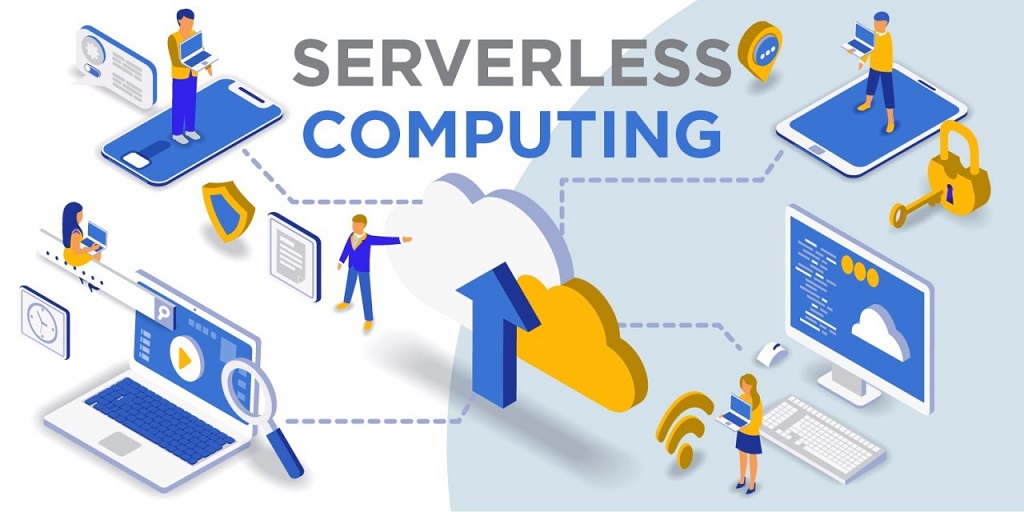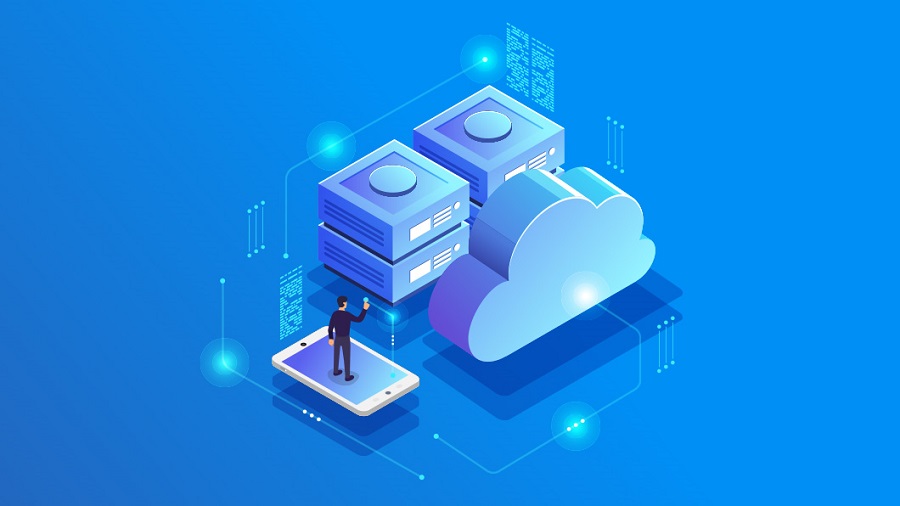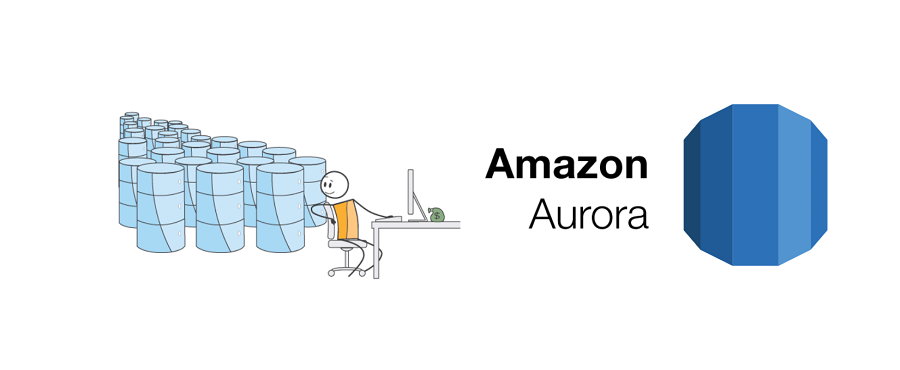The way businesses manage their technology infrastructure is undergoing a significant transformation. Traditional on-premise servers, once the cornerstone of IT operations, are giving way to a more agile and cost-effective approach: serverless computing.
This article delves into the world of serverless computing, exploring its core principles, the benefits it offers businesses, and why it’s gaining significant traction across industries.
What is Serverless Computing?
Despite the name, serverless computing doesn’t mean there are no servers involved. Instead, it refers to a cloud computing model where the cloud provider manages the underlying server infrastructure. Here’s the key difference:
- Traditional Model: Businesses purchase, configure, and maintain their own servers, taking on the responsibility for scaling, security, and software updates.
- Serverless Model: Businesses focus on developing and deploying application code. The cloud provider handles server provisioning, scaling, and maintenance.
Think of it like this: Imagine renting an apartment instead of buying a house. With traditional servers, you’re responsible for everything – maintenance, repairs, and even mowing the lawn (updating software). Serverless computing is like a fully managed apartment building – you just focus on living there (developing your code) and the landlord (cloud provider) takes care of the rest.
Core Principles of Serverless Computing
Serverless computing relies on three key principles:
- Event-Driven Architecture: Code execution is triggered by specific events, such as a user uploading a file or an API call being made. This eliminates the need for constantly running servers, reducing costs.
- Function as a Service (FaaS): Code is broken down into smaller, independent functions that perform specific tasks. These functions are deployed and managed by the cloud provider, allowing for rapid development and deployment.
- Pay-Per-Use Model: Businesses only pay for the resources they use (execution time, memory, storage). This eliminates the upfront costs of traditional server infrastructure and reduces ongoing maintenance expenses.
Benefits of Serverless Computing for Businesses
Serverless computing offers several advantages that are prompting businesses to reimagine their IT infrastructure:
- Reduced Costs: Eliminate the need for upfront server purchases, software licensing, and ongoing maintenance. Additionally, pay-per-use billing ensures you only pay for the resources you actually consume.
- Increased Scalability: Serverless applications can automatically scale up or down based on demand, eliminating the need for manual server provisioning. This ensures your application can handle spikes in traffic without compromising performance.
- Faster Development and Deployment: By focusing on code development instead of server management, businesses can accelerate their development cycles and deploy applications more quickly.
- Improved Developer Focus: Developers can focus on core competencies like writing code and building functionalities instead of getting bogged down in server management tasks.
- Enhanced Security: Cloud providers invest heavily in security measures, offering a more secure environment for your applications compared to self-managed servers.
Is Serverless Computing Right for Your Business?
Serverless computing is not a one-size-fits-all solution. It’s particularly well-suited for:
- Microservices-based applications: Breaking down applications into smaller, independent functions aligns perfectly with the serverless architecture.
- Event-driven applications: If your application relies on external events to trigger actions, serverless computing can be a cost-effective and scalable solution.
- Data processing workflows: Serverless functions can be triggered by data updates, enabling efficient and scalable data processing tasks.
However, serverless computing might not be ideal for:
- Long-running processes: Serverless functions are designed for short-lived tasks. Applications requiring continuous processes might incur higher costs on a serverless platform.
- State management: Serverless functions are stateless by nature. If your application requires complex state management, serverless might require additional considerations.

The Future of Serverless Computing
Serverless computing is still evolving, but its growth trajectory is undeniable. As cloud providers continue to invest in serverless technologies and address limitations, we can expect even broader adoption across industries. Here are some exciting developments on the horizon:
- Hybrid Cloud Integrations: Seamless integration between serverless and traditional cloud deployments for a truly flexible and scalable IT infrastructure.
- Enhanced Security Features: Continued innovation in security measures to address concerns and ensure serverless environments are robust and reliable.
- Advanced Monitoring and Observability Tools: Improved tools to help developers monitor and debug serverless functions, ensuring optimal performance and troubleshooting efficiency.
Related: Securing Critical Data with Cloud Storage Solutions
Conclusion: Embracing Agility and Efficiency
The rise of serverless computing represents a significant shift in how businesses approach their technology infrastructure. By offering a cost-effective solution with increased scalability and developer agility, serverless computing is well-positioned to become a mainstream choice for building modern applications. Whether you’re a seasoned developer or a business leader exploring new technologies, understanding the potential of serverless computing is crucial for navigating the ever-evolving IT landscape. So, embrace the serverless revolution, focus on innovation, and watch your business soar to new heights!





